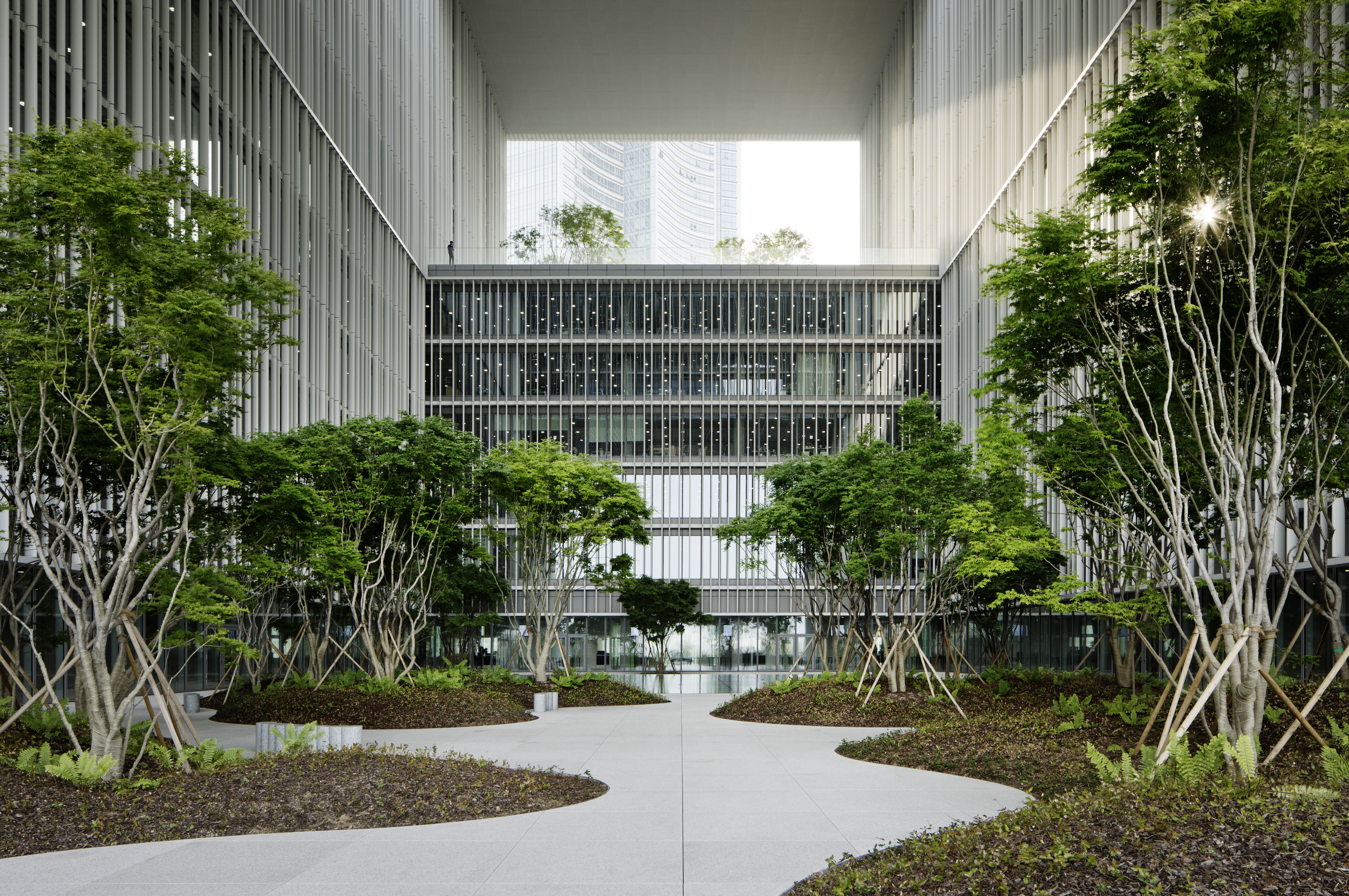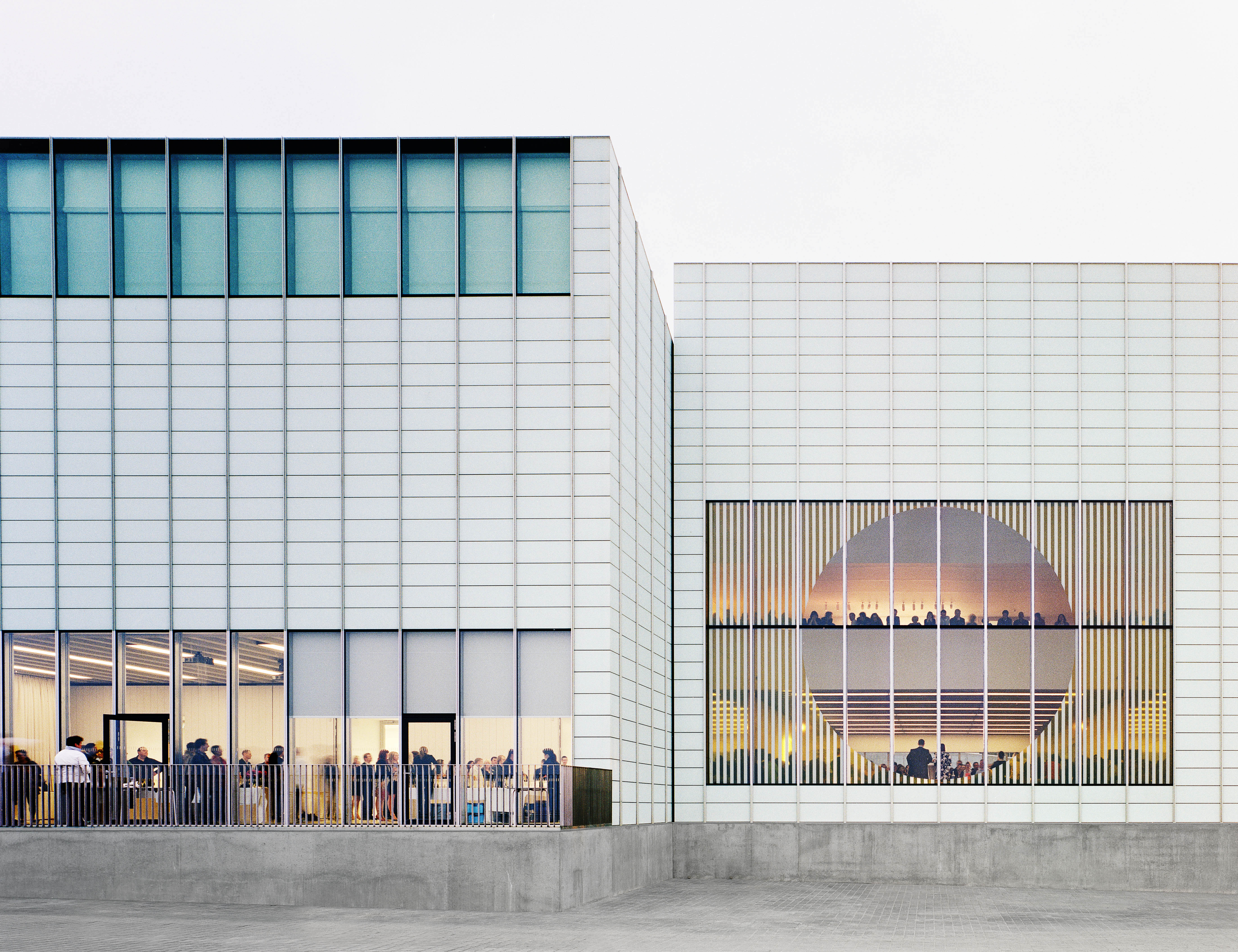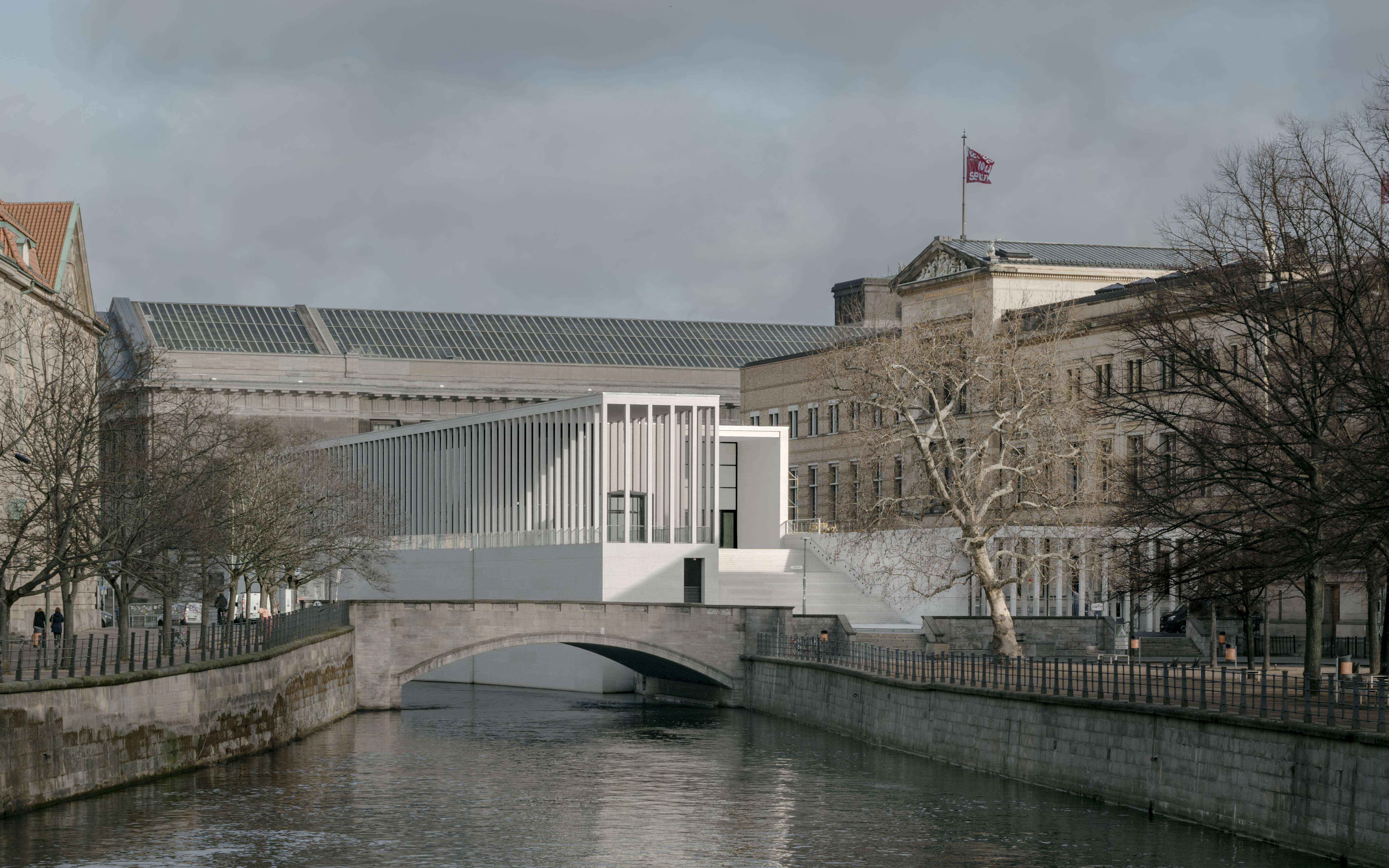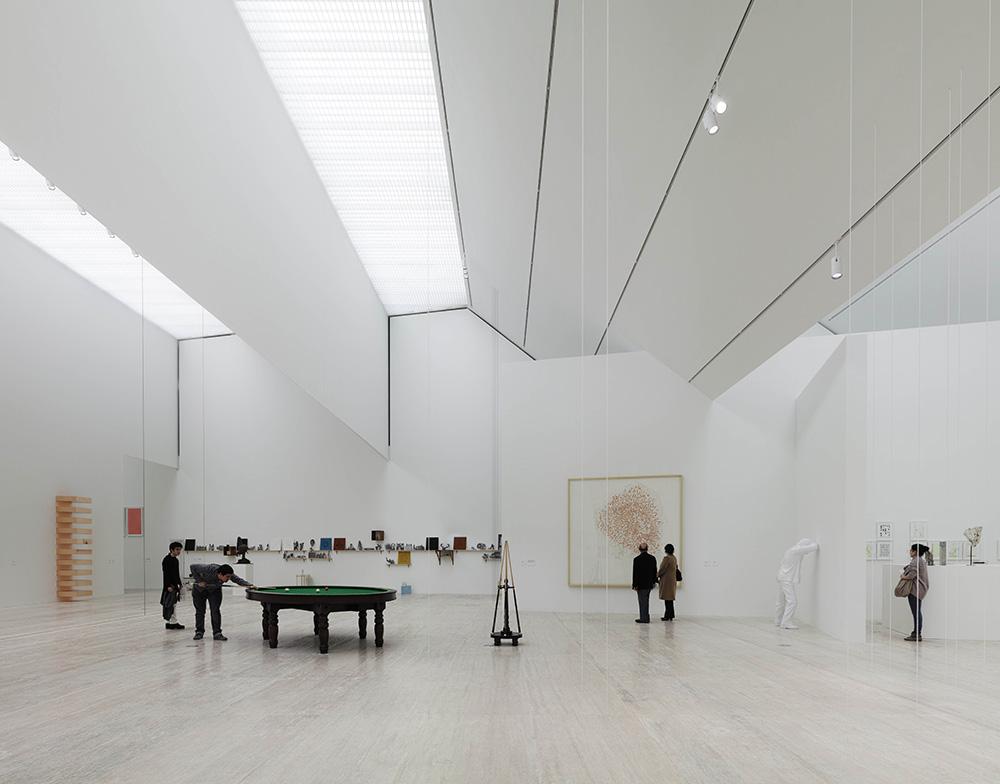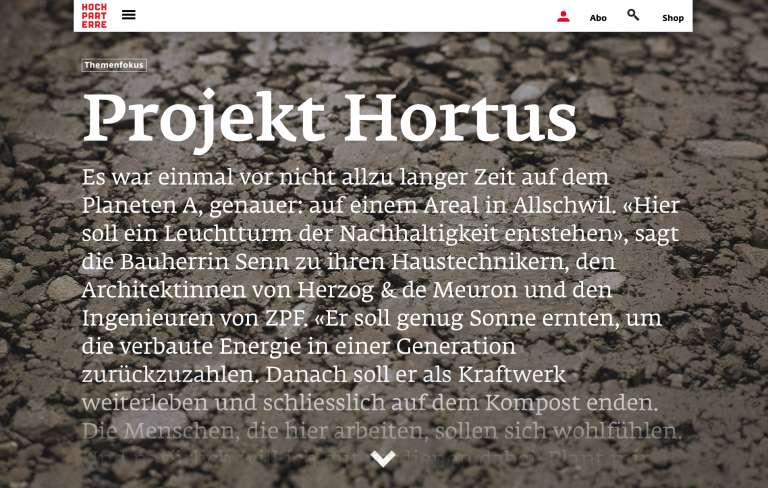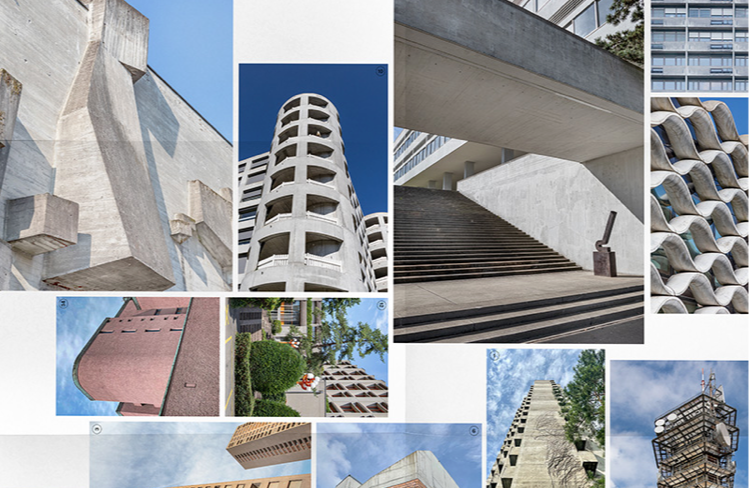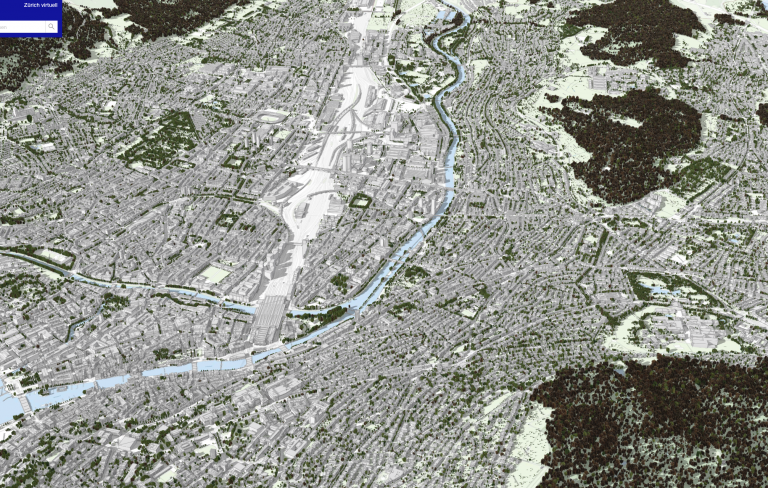Civic architect, urban planner and activist, Sir David Alan Chipperfield has been selected as the 2023 Laureate of The Pritzker Architecture Prize, the award that is regarded internationally as architecture’s highest honor.
Subtle yet powerful, subdued yet elegant, he is a prolific architect who is radical in his restraint, demonstrating his reverence for history and culture while honoring the preexisting built and natural environments, as he reimagines functionality and accessibility of new buildings, renovations and restorations through timeless modern design that confronts climate urgencies, transforms social relationships and reinvigorates cities.
“I am so overwhelmed to receive this extraordinary honour and to be associated with the previous recipients who have all given so much inspiration to the profession,” remarks Chipperfield. “I take this award as an encouragement to continue to direct my attention not only to the substance of architecture and its meaning but also to the contribution that we can make as architects to address the existential challenges of climate change and societal inequality. We know that, as architects, we can have a more prominent and engaged role in creating not only a more beautiful world but a fairer and more sustainable one too. We must rise to this challenge and help inspire the next generation to embrace this responsibility with vision and courage.”
His built works, spanning over four decades, are expansive in typology and geography, including over one hundred works ranging from civic, cultural and academic buildings to residences and urban masterplanning throughout Asia, Europe and North America.
The 2023 Jury Citation of the Laureate, states, in part, “This commitment to an architecture of understated but transformative civic presence and the definition—even through private commissions—of the public realm, is done always with austerity, avoiding unnecessary moves and steering clear of trends and fashions, all of which is a most relevant message to our contemporary society. Such a capacity to distill and perform meditated design operations is a dimension of sustainability that has not been obvious in recent years: sustainability as pertinence, not only eliminates the superfluous but is also the first step to creating structures able to last, physically and culturally.”
Chipperfield calculates the environmental and historical impacts of permanence, embracing the preexisting, designing and intervening in dialogue with time and place to adopt and refresh the architectural language of each locale. James-Simon-Galerie (Berlin, Germany, 2018) situated on a narrow island along the Kupfergraben canal and accessible by the Schlossbrücke bridge, serves as the gateway to Museum Island. Commanding, though discreet, colonnades with grand scale enclose a terrace, a wide expansive staircase and a manifold of open spaces allow abundant light into the large entryway of the building. The design enables generous views from within and beyond, even through to adjacent buildings and the surrounding urban landscape.
About David Chipperfield
Sir David Alan Chipperfield CH (b . 1953) was born in London and raised on a countryside farm in Devon, southwest England . A collection of barns and outbuildings, filled with childhood wonderment and recollection, shape his first strong physical impression of architecture .
“I think good architecture provides a setting, it’s there and it’s not there . Like all things that have great meaning, they’re both foreground and background, and I’m not so fascinated by foreground all the time . Architecture is something which can intensify and support and help our rituals and our lives . The experiences in life that I gravitate toward and enjoy most are when normal things have been made special as opposed to where everything is about the special .”
He graduated from the Kingston School of Art in 1976 and the Architectural Association School of Architecture in London in 1980, where he learned to become a critic, reenvisioning the potential of each element to stretch every project beyond the task itself .
“Designing isn’t coming up with colors and shapes . It’s about developing a series of questions and ideas which have a certain rigor and consequence to them . And if you can do that, it doesn’t
matter which path you go down, as long as you go down the path well and have been consequential in the process .”
He worked under Douglas Stephen, Norman Foster, 1999 Pritzker Prize Laureate, and the late Richard Rogers, 2007 Pritzker Prize Laureate, before founding David Chipperfield Architects in London in 1985, which later expanded to additional offices in Berlin (1998), Shanghai (2005), Milan (2006) and Santiago de Compostela (2022) .
About the Pritzker Architecture Prize
To honor a living architect or architects whose built work demonstrates a combination of those qualities of talent, vision, and commitment, which has produced consistent and significant contributions to humanity and the built environment through the art of architecture.
The international prize, which is awarded each year to a living architect/s for significant achievement, was established by the Pritzker family of Chicago through their Hyatt Foundation in 1979. It is granted annually and is often referred to as “architecture’s Nobel” and “the profession’s highest honor.”
The award consists of $100,000 (US) and a bronze medallion. The award is conferred on the laureate/s at a ceremony held at an architecturally significant site throughout the world.
